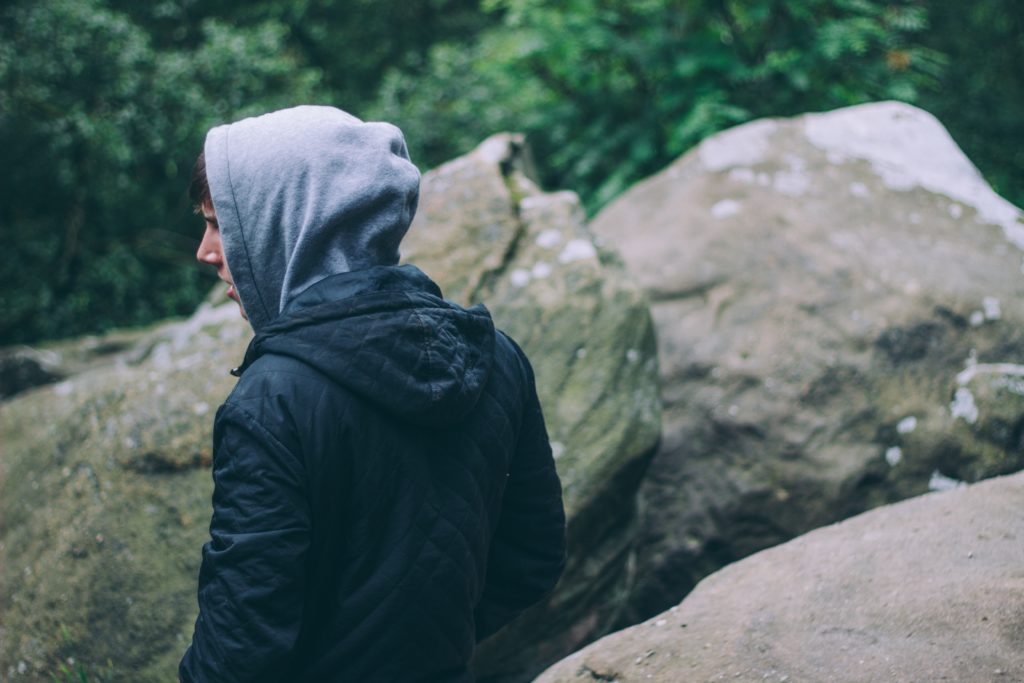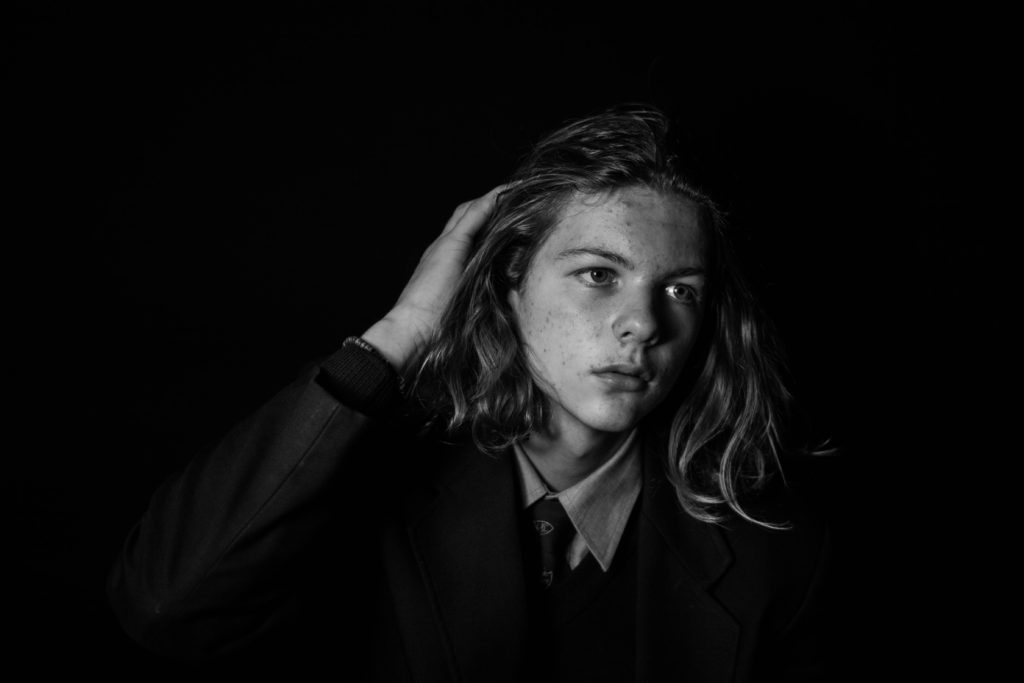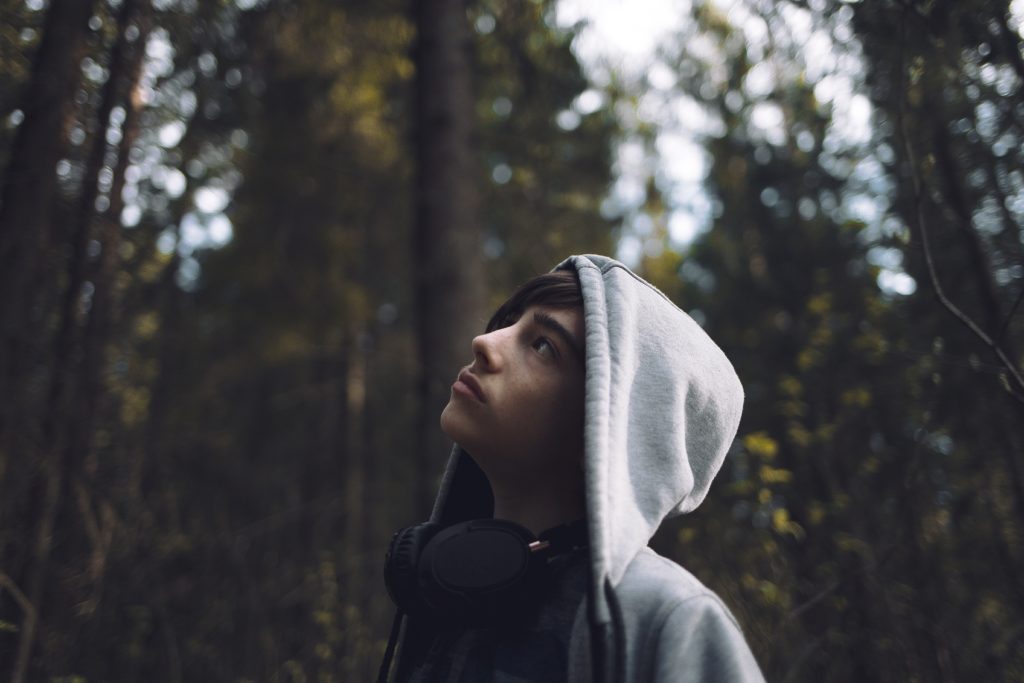
Two survivors of the Parkland high school shooting on Valentine’s Day 2018 took their own lives a couple weeks ago.
Sydney Aiello, a senior and cheerleader at Marjory Stoneman Douglas High School, struggled to restore normalcy in her life after the terrifying experience.
Her trauma, of course, included the loss of friends who were killed in the shooting. She enrolled in college classes in the fall, but found it almost insurmountable to attend them, because of the terror she felt sitting in a classroom.
Sydney was diagnosed with Post Traumatic Stress Disorder (PTSD) in the months that followed that massacre, and struggled with guilt that she had survived the shootings, when friends like her close friend Meadow Pollack, had died.
This “survivor’s guilt” is a devastating symptom that makes survival after such a traumatic experience terribly painful. Sydney never reached out for help with her struggle, but suffered silently. On March 17, 2019…just a couple weeks ago…Sydney took her life.
A Second Suicide from PTSD in Trauma Survivors in Parkland, FL

Only 6 days later, Calvin Desir — a 16 year-old boy from the same high school — took his life. Calvin was a sophomore, and had also struggled silently… until that day. Little is known publicly about his story, but we can know those who are left to mourn his loss are as numerous and heartbroken as any of us would be after such a terrible loss.
Some of the students vented their terror, grief, and rage after the shooting by speaking out and forming March for Our Lives, that drew hundreds of thousands of protestors to Washington, DC and around the world.
It gave them a place to channel their energy, to at least try to prevent more shootings in the future.
But, far more students than those who participated in the protest, struggled with their pain, terror, grief, rage, and guilt in silence and isolation.
As time goes by, and they relive the memories of that terrible day, the fear of being found and shot, the horror of hearing their school mates scream…well, the stress of the memory can wear away at their confidence, their sense of safety, and their stability.
Don’t you wonder if PTSD in trauma survivors of the shooting could have been identified and whether these suicides might have been prevented? And most importantly now, is it possible to prevent any more?
Tragedies following Traumatic Events – Let’s Prevent More Suicides
While 3 of the 17 victims of the Parkland high school shootings were adult teachers, the other 14 were teenagers. How do teenagers, with their limited life experience and coping skills, resolve such fear, confusion, ill-founded guilt, anxiety, and pain?

Layer upon layer of tragedy, loss, and sorrow…eating at their security. The more time they spend alone, the more the memories loom, and the harder it is to break free of them. Anxiety and the stress of it all can drive their thoughts to despair and then sometimes desperation.
But… these students who grieve for their friends… they’re intelligent, resourceful people, right? Kind, smart, connected, well-spoken, artistic, athletic, healthy. Going places. So why didn’t these kids ask for help if they were becoming depressed, despondent, and so isolated and alone in that frame of mind?
But that’s the thing. When someone is traumatized, they may not show it like you would expect. The trauma of it all… in their thoughts… may be trapped in a cloak of private torment.
They may not have wanted to draw attention to themselves. They may have convinced themselves that they don’t “deserve” to live. If we don’t talk with them…listen to them…we can’t know what their thoughts were.
And that’s why it’s so important to engage the people you know who have been exposed to trauma — to the “big T” traumas and to the “little t” traumas…talk to them and listen. Help them open up about what they’re thinking and feeling — because more than likely, it’s not what you or I think they might be thinking and feeling.
Airing dark or haunting feelings just might be enough to lessen their torment and divert dangerous decisions.
Unbearable Guilt over Living Through the Event
For one thing, survivor’s guilt added to the suffocating, unrelenting grief, and elusiveness of relief. “I don’t deserve to live, if they had to die…Why wasn’t I shot? The pain of the loss I feel is so much worse than death…I wish I’d been shot, too!”
These are complex feelings, without clearly defined solutions. And though possibly not logical, they’re far too weighty for an adolescent mind and heart to untangle.

In short, these kids carried a load too large to manage. While it seems likely many of their parents got them into a psychiatrist’s care, that may not have helped enough soon enough.
We can’t conjecture on the parts of these two who’ve left us, but we can look for ways to prevent more suicides going forward by recognizing signs of PTSD in trauma survivors and helping them get treatment.
Because the chances are, all 3300 of the students at that high school were traumatized by the experiences of that day.
And they’re at risk. Not just in Parkland, FL, but in every high school across the country. Students are in pain, and are traumatized by events they hear on television or the internet, plus events that happen in their personal lives or the lives of others near them.
Helping Them Vent Their Private Pain
One thing to consider is that anyone who has undergone such a great shocking loss, probably needs to talk about it. To unload the confusion and uncertainties to a listening ear … and to do that, they probably need to be invited to do so.
It can be so difficult for a teenager to voice fears and dark secrets, especially if they include thoughts of suicide. They don’t know how the listener might respond.
If the listener is a peer, they may fear ridicule or betrayal of confidence.
If an adult, then maybe fear of anger, punishment, dismissal or hysterics.

No matter what they fear, it may seem easier to brood in silence about their thoughts, as well as possible plans.
The risk of divulging private thoughts also can move the thoughts from fantasy or vague consideration to full throttle. A move they may not want to feel rushed about.
So it’s important to ask. Just ASK.
“How have you been feeling lately? It would be easy to imagine that you’d struggle over your friend’s death… I’d like to listen when you feel like talking…”
“Do you ever think it would be a solution if you didn’t have to have worries like this anymore…?”
“Do you ever have any thoughts of ending your life, or hurting yourself in some way?”
“Have you thought of how or made any plans to end your life?”
Just ask.
What to Do with Their Answers
These questions can help give a direct, clear opportunity for conversation and expression of pain, loss, anger…
And their responses can clue you as to the next steps. If they have thought about it, or mention feeling less hope about the future, or less purpose…or increased rage, or wrecklessness… don’t leave them alone.
You can say, “let’s get help.” If you see or hear them express increased substance abuse, this can also be a sign of high risk. Again, seek help.
At the very least, write down this phone number for them.
National Suicide Prevention Lifeline
1-800-273-8255
But that’s just the first step.
How to Respond to PTSD in Trauma Survivors
Next, what can be done to relieve them of these tormenting thoughts, and protect them from an irreversible decision?

In my practice, the safest, most effective treatment of choice for serious suicidal risk is IV ketamine treatment. This can erase suicidal thoughts in as little as an hour and return someone who’s struggling with thoughts of suicide or thoughts of death as a relief to a state that’s safe for further treatment of depression, PTSD, and other psychiatric conditions.
But, no matter what, seek immediate psychiatric care. With parents, teachers, and friends of traumatized students on the alert for signs of suicidal thinking, we can all work together to avert tragedies and save lives.
Because of the limited life experience an adolescent has to draw from, as well as the impulsiveness that goes with a brain that’s not fully developed, irreversible decisions can be rampant during crisis.
The finality of death is difficult for these young people to grasp, and protecting them from making such decisions is paramount.
We can help protect them from these dangers.
It all starts with conversation. And trust.
To the highest hopes of your best self,

